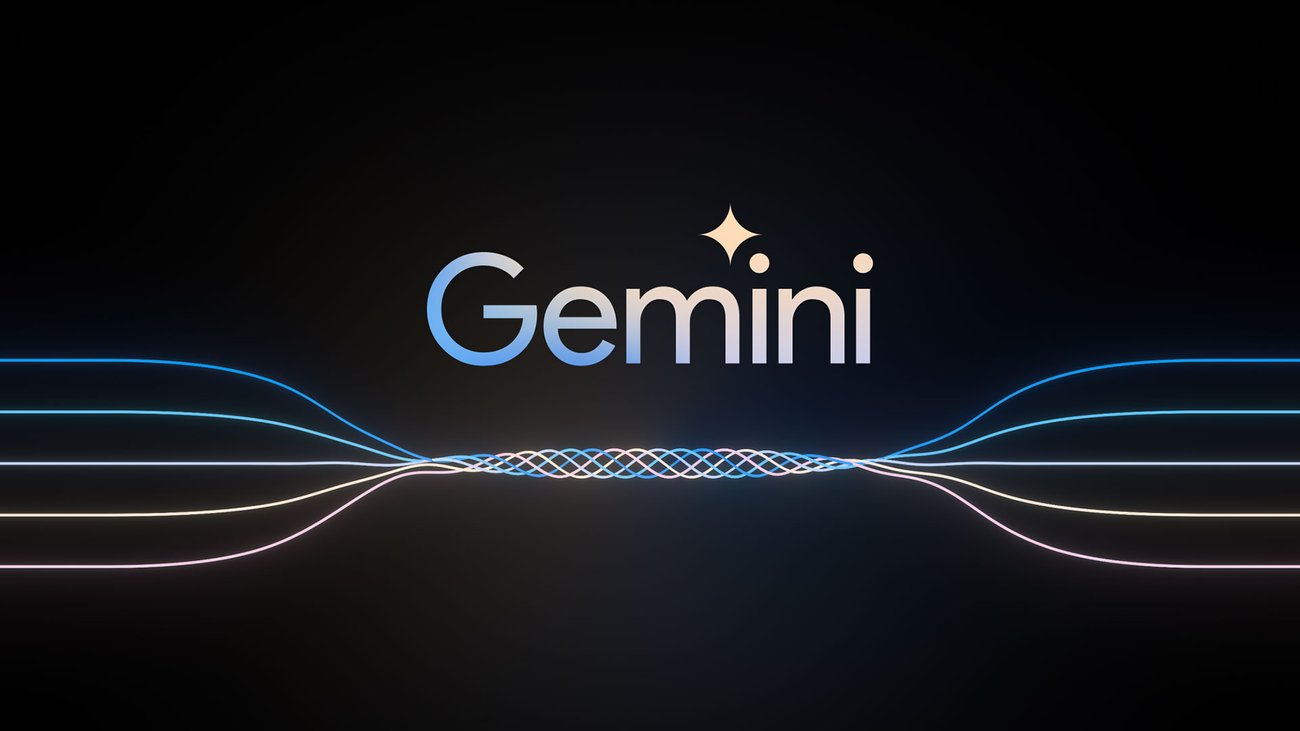Page Not Found
Page not found. Your pixels are in another canvas.
A list of all the posts and pages found on the site. For you robots out there is an XML version available for digesting as well.
Page not found. Your pixels are in another canvas.
About me
This is a page not in th emain menu
Published:
This post will show up by default. To disable scheduling of future posts, edit config.yml and set future: false.
Published:
This is a sample blog post. Lorem ipsum I can’t remember the rest of lorem ipsum and don’t have an internet connection right now. Testing testing testing this blog post. Blog posts are cool.
Published:
This is a sample blog post. Lorem ipsum I can’t remember the rest of lorem ipsum and don’t have an internet connection right now. Testing testing testing this blog post. Blog posts are cool.
Published:
This is a sample blog post. Lorem ipsum I can’t remember the rest of lorem ipsum and don’t have an internet connection right now. Testing testing testing this blog post. Blog posts are cool.
Published:
This is a sample blog post. Lorem ipsum I can’t remember the rest of lorem ipsum and don’t have an internet connection right now. Testing testing testing this blog post. Blog posts are cool.
Google Gemini, Streamlit, Langchain, FAISS, Chroma DB, Foundation Models, GenAI

Generative AI, Text2Video/Audio Models, Ollama, Prompt Engineering, LLMs, Diffusion Models 
Published in 2020 3rd International Conference on Intelligent Sustainable Systems (ICISS), 2020
Skin Cancer is the most common (accounting for 40% of cancer cases globally) and potentially life-threatening type of cancers. It was diagnosed in about 5.6 million individuals last year. Automated classification of skin lesions through images has been a challenge throughout the years because of fine variability in their appearance. Deep Learning techniques exhibit potential in tackling fine-margined image-based analysis and manage to provide accurate results. The three modelling stages include data collection and augmentation, model architecture and finally prediction into 7 different types of skin cancer namely actinic keratoses, basal cell carcinoma, benign keratosis-like lesions, dermatofibroma, melanoma, melanocytic nevi and vascular lesions. A Convolutional Neural Network was fabricated (using TensorFlow) obtaining an accuracy of 81.24%. Further Transfer learning Approach was implemented in PyTorch, which yielded accuracies of 96.40%, 98.20%, 98.70% and 99.04% respectively for Wide Resnet101, Resnet50, Densenet121 and VGG19 with batch normalization, which are all trained end-to-end from images directly, to proliferate the scalability of these models and curtail initial diagnostic costs. The aim of this research paper is to render non-invasive skin cancer screening a common norm, making it simpler.
Recommended Citation: A. Jibhakate, P. Parnerkar, S. Mondal, V. Bharambe and S. Mantri, "Skin Lesion Classification using Deep Learning and Image Processing," 2020 3rd International Conference on Intelligent Sustainable Systems (ICISS), Thoothukudi, India, 2020, pp. 333-340, doi: 10.1109/ICISS49785.2020.9316092. https://ieeexplore.ieee.org/document/9316092
Published in Deep Learning DevCon 2021/Lattice - The Machine Learning Journal, 2021
Leaks have undoubtedly been one of the biggest problems plaguing piping and cabling systems across industries like electricity and power, building and smart cities, oil and gas, etc. Addressing these leaks in time becomes paramount as failure leads to a complete standstill of the transportation chain. Most AI based leak detection systems have failed to reach the deployment state as these systems are prone to output false positives. It is imperative to observe that these leaks don’t occur every day or in other words they are rare events. But when they do occur, these leaks more often than not go unnoticed. Due to the insufficient number of identified leak points, it becomes difficult to build an AI based model for the same. In an attempt to aid/replace rule-based and physics-based leak detection systems, this paper proposes a novel AI based leak detection solution using reinforcement learning which not only reduces false positives but also extends itself to multi armed bandit-based leak localization. By using this methodology, we model the latent behavior of any piping or cabling systems and provide a Q-learning based shortest path recommendation in order to help the maintenance team reach the leak node in a short amount of time.
Download here
Published:
This is a description of your talk, which is a markdown files that can be all markdown-ified like any other post. Yay markdown!
Published:
This is a description of your conference proceedings talk, note the different field in type. You can put anything in this field.
Undergraduate course, University 1, Department, 2014
This is a description of a teaching experience. You can use markdown like any other post.
Workshop, University 1, Department, 2015
This is a description of a teaching experience. You can use markdown like any other post.